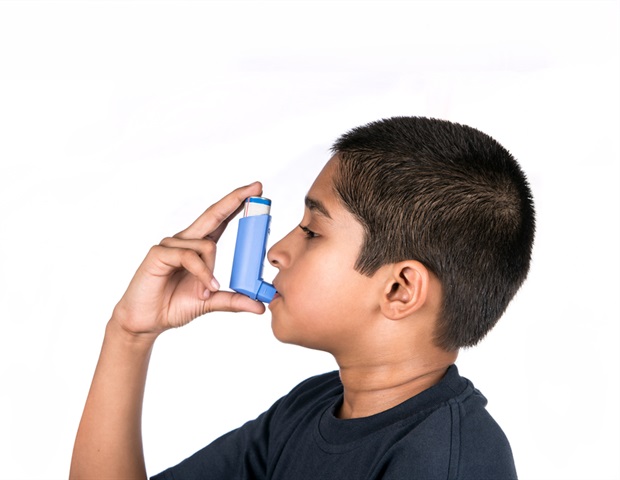
Changes in the placenta may increase the risk of children developing asthma and allergies, as shown in new research from örebro University.
“We pediatricians ought to focus more on the potential significance of the placenta for the child after birth,” says researcher Maria Lodefalk.
Maria Lodefalk is a docent in Medical Science at örebro University and chief physician in paediatrics at örebro University Hospital. Together with Zaki Bakoyan, a doctor in Falun and a former medical student at örebro University, Maria Lodefalk has published a study based on a review of 19 previous studies involving around 13,000 children.
Their study shows that children born prematurely have a three times increased risk of suffering from asthma-related problems if there is inflammation in the foetal membranes and placenta. This risk is in addition to the increased risk of lung disease linked to premature birth.
Researchers also saw a link between unusually heavy placentas and increased asthma medication prescriptions in full-term children during their first year of life.
Although these links are statistically significant, Maria Lodefalk emphasises that the researchers do not yet know for sure whether changes in the placenta directly or indirectly cause asthma or allergies in children. “It’s almost impossible to conduct the kind of studies needed to prove a causal relation in pregnant women. But given these results, I think we paediatricians ought to focus more on the potential significance of the placenta for the child after birth,” states Maria Lodefalk.
May lead to new routines for newborn care
It has been for some time that atopic diseases such as asthma and allergies can begin to develop during the foetal stage.
A plausible explanation for the new findings could be that inflammation in the placenta and foetal membranes triggers an inflammation in the foetus that persists and risks damaging the child’s lungs or affecting the immune system even after birth.”
Maria Lodefalk, Docent in Medical Science at örebro University
This new knowledge is something that healthcare can already benefit from.
“If we know that changes in the placenta may mean a higher risk of developing asthma, we can more closely monitor children born prematurely and after discovering inflammation in the foetal membranes and placenta. Weighing and sending all placentas for analysis in case of uncertainties could also be a simple and effective measure.”
She emphasises the need for additional studies to understand how changes in the placenta may affect the child’s health: “It would also be of interest to investigate whether specific treatments after birth reduce the risk of children born with inflammation of later developing asthma,” concludes Maria Lodefalk.
The placenta is a temporary organ that develops in the uterus during pregnancy. It supplies the foetus with oxygen and nutrients, removes waste products, and acts as a barrier against certain infections. The placenta also produces vital hormones for the pregnancy, the mother, and the foetus.
Nearly 40 per cent of all Swedes have asthma or some form of allergy. Genetic and environmental factors or a combination cause asthma and allergies. Avoiding smoking and air pollution is one way to reduce the risk of asthma and allergies.
Source:
Journal reference:
Bakoyan, Z., et al. (2024). Childhood atopic disorders in relation to placental changes—A systematic review and meta‐analysis. Pediatric Allergy and Immunology. doi.org/10.1111/pai.14141.









